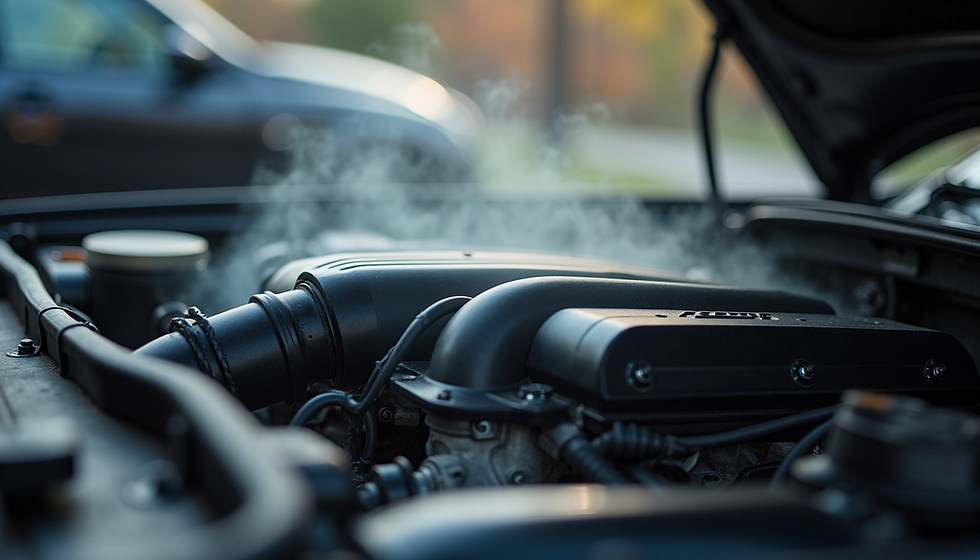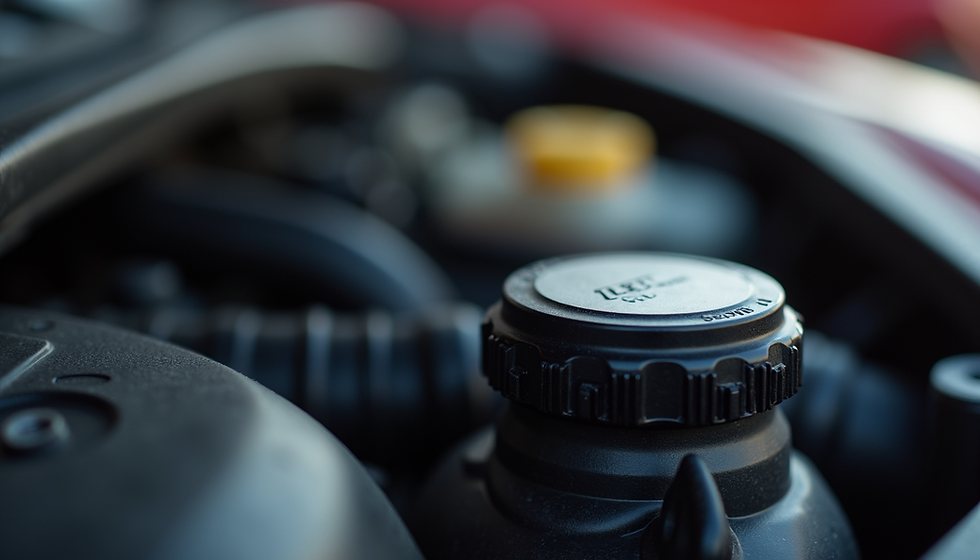Understanding Automotive Radiator Repair Processes
- Barossa Radiators & AutoCare
- Nov 17
- 3 min read
Your vehicle’s radiator plays a crucial role in keeping the engine cool. When it fails, your engine can overheat, causing serious damage. Knowing the radiator repair process helps you make informed decisions. It also helps you spot issues early and avoid costly repairs.
What Is the Radiator Repair Process?
The radiator repair process involves several steps. Each step ensures your cooling system works efficiently. The process starts with a thorough inspection. This helps identify leaks, blockages, or damage.
Next, the radiator is cleaned. Dirt and debris can clog the cooling fins and tubes. Cleaning restores proper airflow and coolant flow. After cleaning, technicians test the radiator for leaks. They use pressure testing equipment to find weak spots.
If leaks or damage are found, repairs begin. Small leaks can be sealed using special epoxy or soldering. Larger damage may require replacing sections of the radiator or the entire unit. Finally, the radiator is reinstalled, and the cooling system is refilled with coolant. The system is then tested to ensure it works correctly.
Step-by-Step Radiator Repair Process
Follow these steps to understand what happens during a radiator repair:
Inspection
Inspect the radiator and cooling system components. Look for visible damage, corrosion, or leaks. Check hoses, clamps, and the radiator cap.
Cleaning
Flush the radiator to remove old coolant and debris. Use a radiator cleaner if necessary. Clean the exterior fins with compressed air or a soft brush.
Pressure Testing
Attach a pressure tester to the radiator. Pump air into the system and watch for pressure drops. This reveals leaks or weak spots.
Repair or Replace
Repair small leaks with sealants or solder. Replace damaged tubes or tanks. If the radiator is beyond repair, replace it with a new or refurbished unit.
Reassembly and Testing
Reinstall the radiator and reconnect hoses. Fill the system with the correct coolant mix. Start the engine and check for leaks and proper temperature regulation.

Signs You Need Radiator Repair
Recognise these signs early to avoid engine damage:
Coolant Leaks
Puddles of coolant under your vehicle indicate leaks. Check the radiator and hoses for wet spots.
Engine Overheating
The temperature gauge rises above normal. Steam or a sweet smell from the engine bay can also signal overheating.
Low Coolant Levels
Frequent need to top up coolant suggests a leak.
Damaged or Corroded Radiator
Visible rust or damage on the radiator surface means it may fail soon.
Poor Heater Performance
If your vehicle’s heater blows cold air, the cooling system may have issues.
If you notice any of these signs, schedule a professional radiator inspection immediately.
How to Maintain Your Radiator Between Repairs
Preventive maintenance extends your radiator’s life. Follow these tips:
Check Coolant Levels Regularly
Top up with the correct coolant mix. Avoid using plain water.
Inspect for Leaks
Look under your vehicle and around the radiator for signs of leaks.
Flush the Radiator Periodically
Flush every year or 15,000 km to remove deposits.
Keep the Radiator Clean
Remove debris from the radiator fins. Use compressed air or a soft brush.
Check Radiator Cap and Hoses
Replace worn or cracked hoses and faulty caps.
Monitor Engine Temperature
Watch the temperature gauge during drives. Stop and check if it rises too high.

When to Seek Professional Automotive Radiator Repair
Some radiator issues require expert attention. Attempting repairs without experience can cause more damage. Contact a trusted service provider for:
Persistent leaks that do not seal with simple fixes
Severe corrosion or physical damage to the radiator
Overheating that continues after coolant top-up
Radiator replacement needs
Cooling system pressure testing and diagnostics
For reliable service, consider Barossa Radiators & AutoCare specialists. They have the tools and knowledge to restore your cooling system efficiently.
Final Thoughts on Radiator Care and Repair
Understanding the radiator repair process helps you maintain your vehicle’s cooling system. Regular inspections and maintenance prevent breakdowns. Early repairs save you money and keep your engine safe.
If you suspect radiator problems, act quickly. Use the steps outlined here to assess your radiator. When in doubt, seek professional help. Proper radiator care ensures your vehicle runs smoothly and safely for years to come.
.png)



Comments